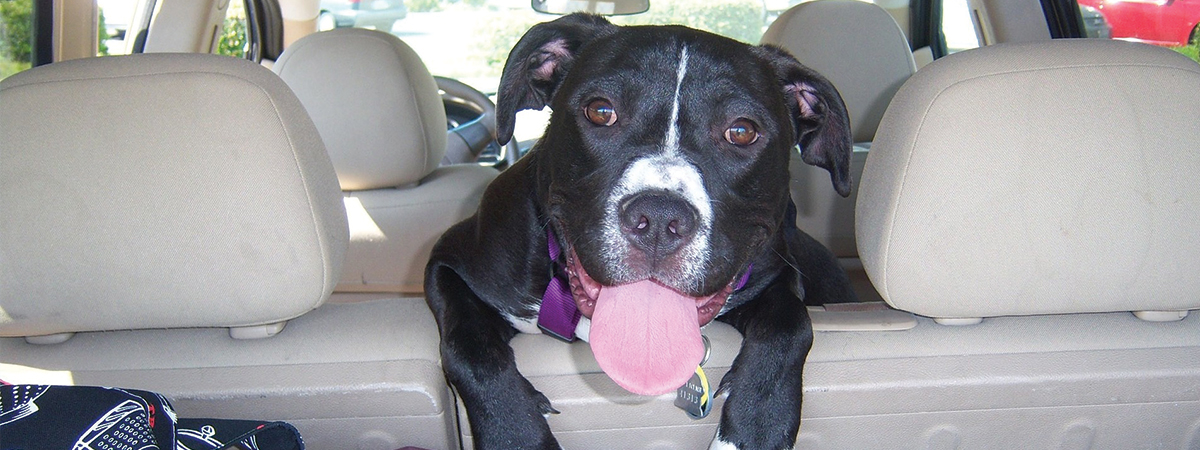
Last Updated on October 5, 2023
This article is contributed by guest writer, @Dakota_Murphey.
How to Road Trip with Your Dog – 5 Tips for a Safe and Fun Trip
Taking your dog on a road trip can be huge fun but also a little unpredictable at times. But whether the car journey is 5 minutes or 5 hours long, the most important thing you as a responsible dog owner have to consider is safety: yours and your dog’s as well as the safety of other road users.
According to Rule 57 of the Highway Code, drivers are responsible for ensuring their pets are suitably restrained in a vehicle so they can’t distract or injure the drivers, other passengers or themselves during an emergency stop. And yet, research has shown that more than 25% of pet owners fail to do this before setting off on a car journey.
What’s more, travelling without proper restraint is one of the main causes of injury or death for dogs in a car involved in an accident. Did you know that in a 30-mph crash, an unrestrained 70lb Labrador would be thrown forward with a force that’s the equivalent of 220lb? It’s what safety experts call a canine cannonball and it really doesn’t bear thinking about.
Whether your pup is large or small, loves or hates being in the car, driving with a dog requires careful planning. Here are the top 5 tips to make sure every car journey with your four-legged pal is a tail wagging success.
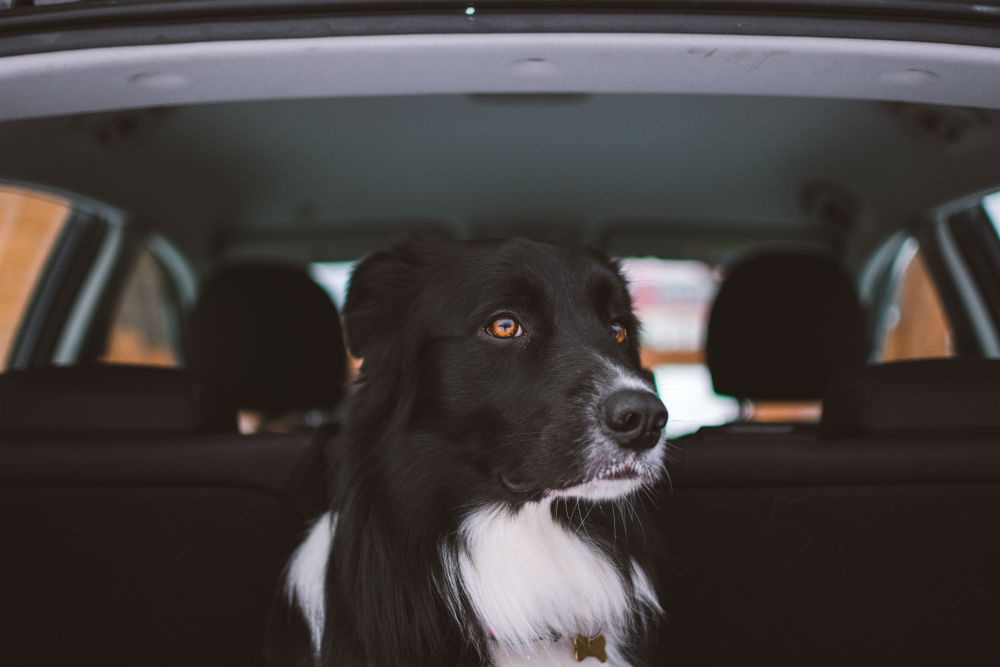
Photo Credit: Tadeusz Lakota via Unsplash
1. Doggy Seat Belts
It is a legal requirement for all car drivers and passengers to wear a seat belt during car journeys, so why not put a seat belt on the dog too? It’s the safest way to travel. Whether you choose a car safety harness, a car booster seat or a simple seat belt, the idea is to restrain your furry friend to keep him safe in the event of an accident.
Thankfully, the market is awash with a wide choice of car dog accessories, so whatever size or type of dog you are trying to keep safe, you’re bound to sniff out the right products.
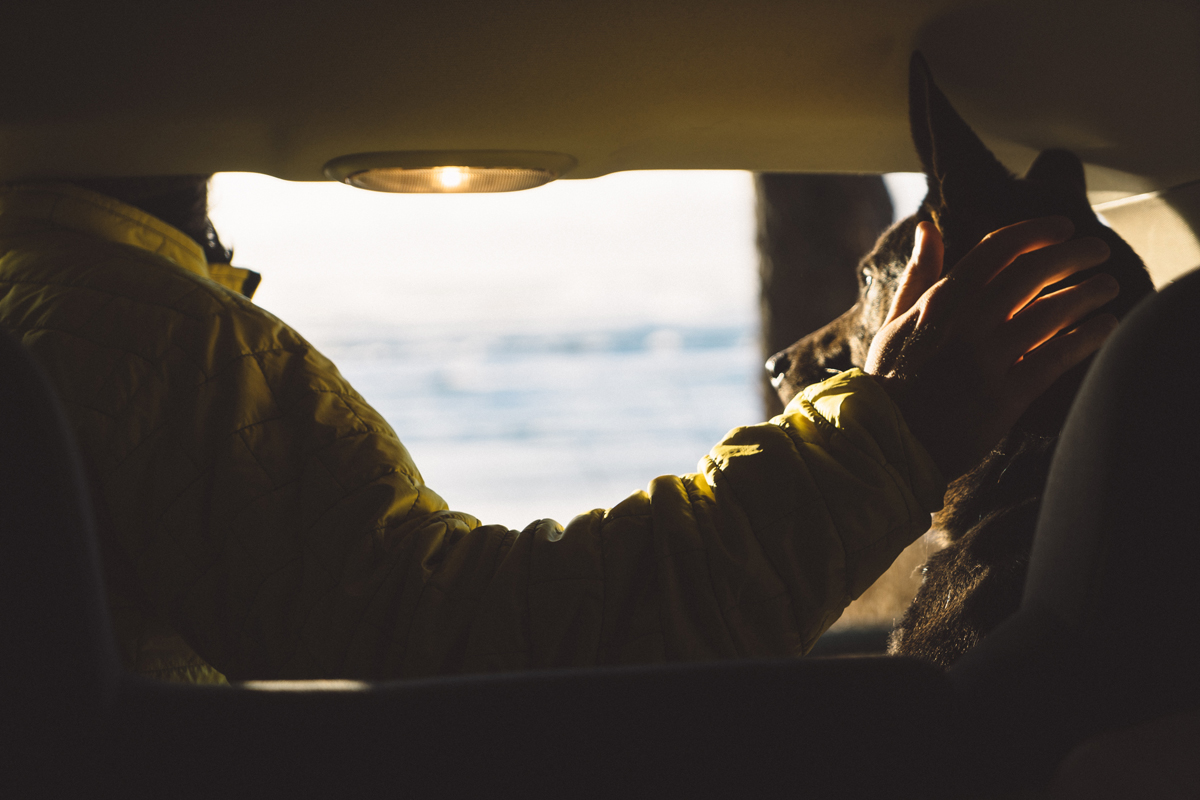
Photo Credit: Adrian via Unsplash
2. Travel Crates for Dogs
While many dogs love the thrill of travelling in a car and feeling the wind in their fur as they naughtily stick their head out of the window, others can feel overwhelmed by the sights and sounds of car travel. If this sounds like your pooch, a ‘mobile den’ where he can snuggle up in safety in comfort is the perfect answer.
A crate can be your pup’s home from home while you’re on the road. In fact, if you use a dog crate at home, it’s a familiar surrounding that your dog will associate with safety, security and comfort – perfect for overcoming his travelling phobia. Just make sure that the crate is big enough to accommodate your pet comfortably and that it fits easily into the car.
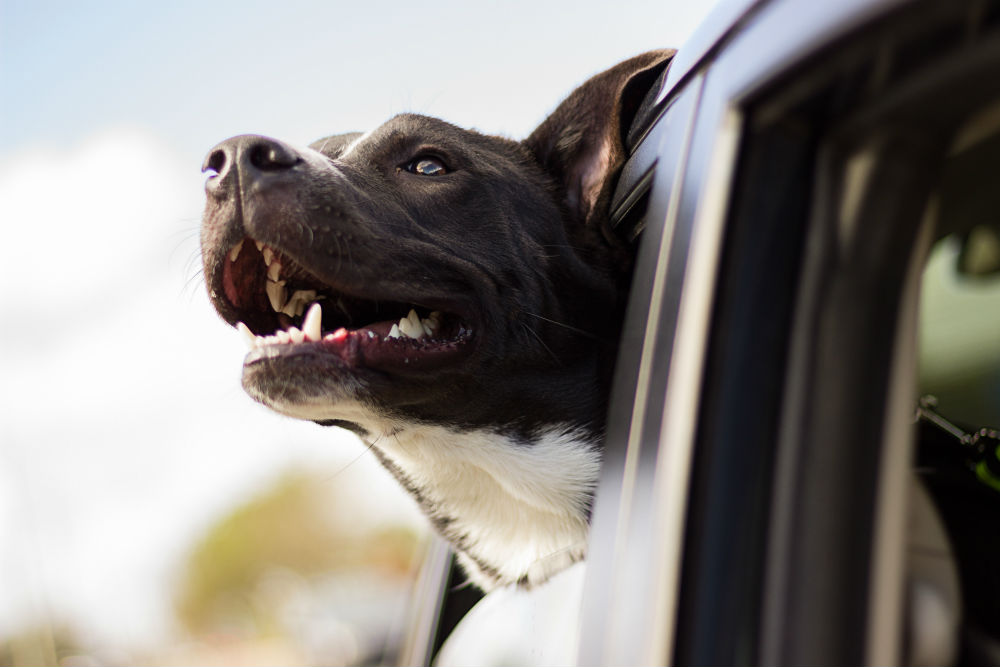
Photo Credit: Andrew Pons via Unsplash
3. Fitted Dog Guards and Barriers
Dogs can get overexcited, that’s a fact. And they love riding shotgun. But having an unrestrained puppy clambering all over you in the car to give you ‘kisses’ is not safe for anyone. A mesh barrier or dog guard that keeps your pup safe in the back of the car but physically separate from the passenger area may be the best answer.
Depending on the type of vehicle you drive, there are several types of barrier that can be fitted to hatchbacks, estate cars, SUVs and even vans. On new cars, a factory fitted dog guard should be one of the additional options you can specify. Alternatively, dog safety barriers can be retrofitted by any reputable garage.
One important piece of advice: Make sure that the barrier is a snug fit for your car and that your dog has no chance of slipping through any gaps to pay you an impromptu visit on the front seat!
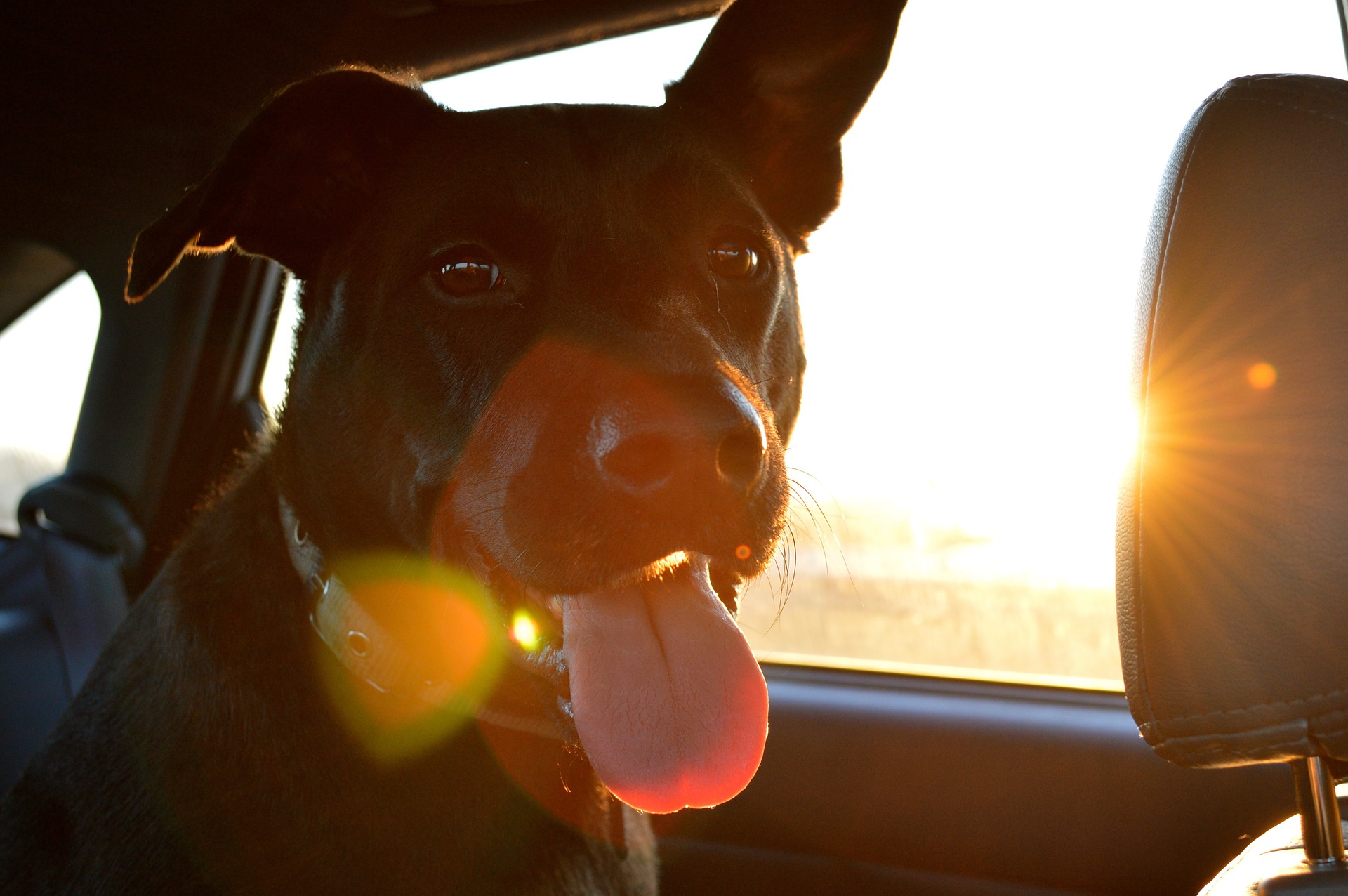
Photo Credit: Free-Photos via Pixabay
4. Inside Car Temperature
There’s been much media attention in recent times about the dangers of leaving a dog in a hot car. While the outside temperature may feel pleasantly warm, the temperature inside the car can be substantially hotter. Any dog locked inside a car, particularly during the summer months and even if the windows are left slightly open, is in danger of suffering heatstroke and worse.
The RSPCA’s campaign ‘Dogs die in hot cars’ has widely publicized the risks caused to pets in this way while educating dog owners and the general public in what to do. Their advice is simple: never leave a dog alone in a car on a warm day, not even for short periods. And if you see a dog in distress in another car, dial 911 straight away.
To keep your pet comfortable while driving on a hot summer’s day, window shades are a quick and convenient way to block out the glaring sunlight.
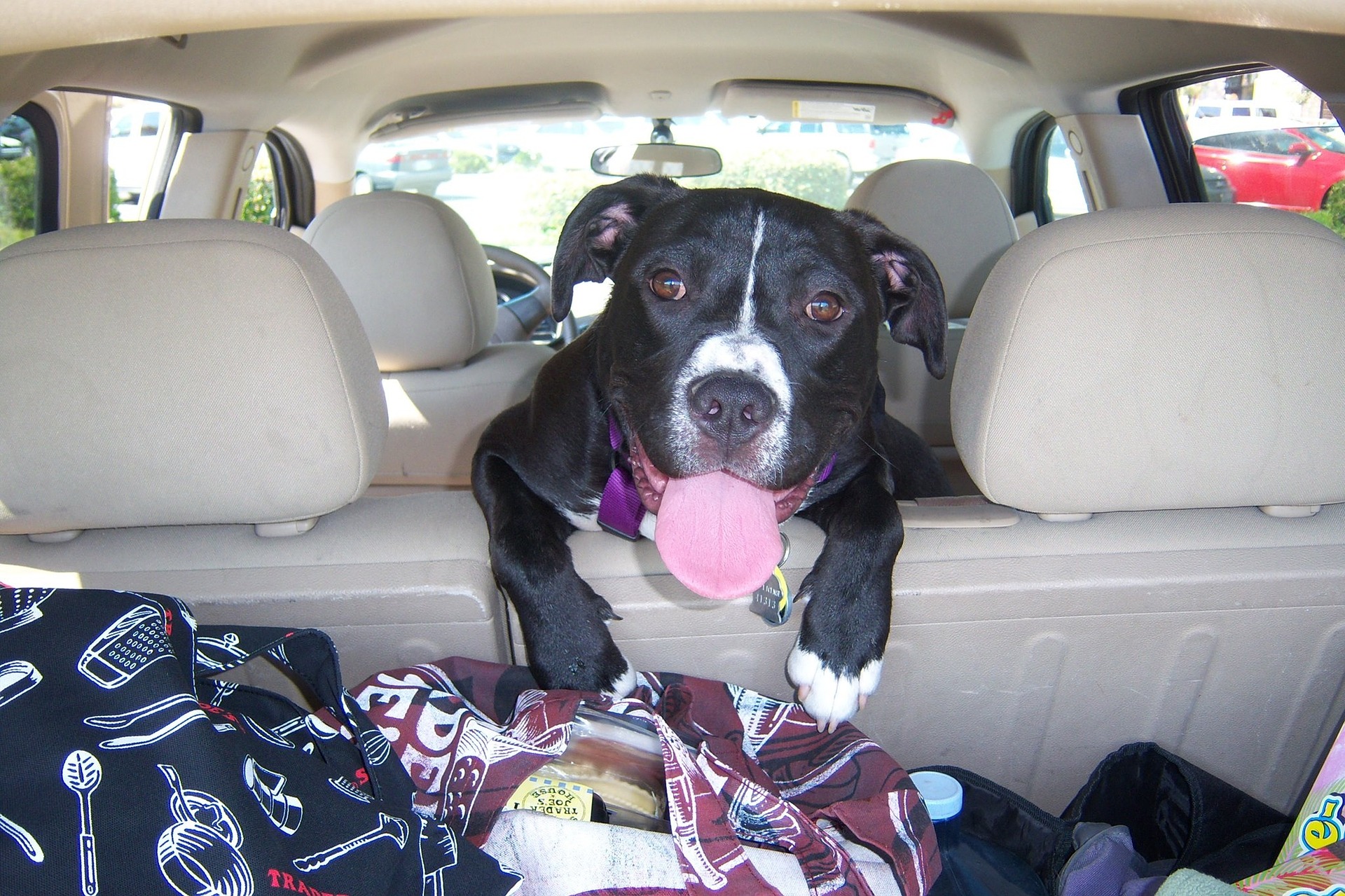
Photo Credit: TessDeGroot via Pixabay
5. Breaking the Journey
When you’re embarking on a long journey, your pup will need car snacks and water to drink, loo breaks and a leg stretch in the fresh air, just like you do. Treats and chew toys are a great distraction for dogs on long car journeys too. Water should be made readily available to avoid dehydration and planning a stop every couple of hours is a good idea for everyone. Make sure your dog gets a chance to relieve himself and have a good walk around.
Why not time your pit stops to coincide with mealtimes too? Take some of your dog’s usual food if you’re planning a long road trip, just in case you get stuck in traffic or the car breaks down. Some dogs don’t react well to being fed just before a car journey. If your pup suffers from car sickness and tummy upsets, allow plenty of time between the end of the meal and set-off time.

Sue Orr
November 4, 2019 at 6:55 PMEXCELLANT!
Beverley St.John
November 6, 2019 at 12:52 PMThank you for the article on travel. We are about to embark on a 6 hour trip with our four dogs and your helpful hints were very informative.